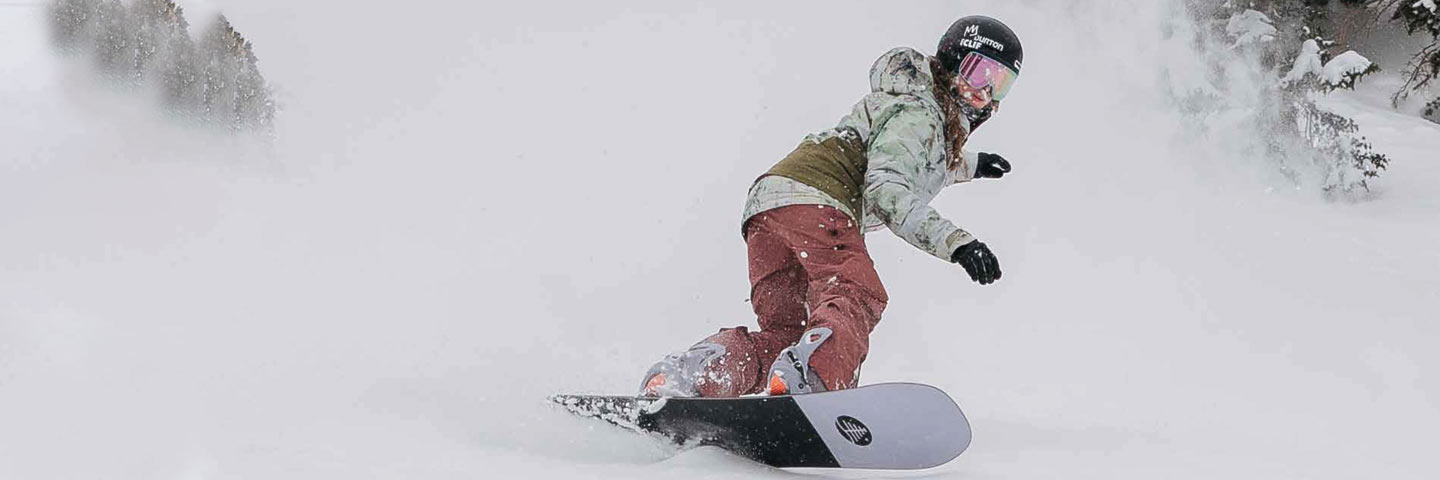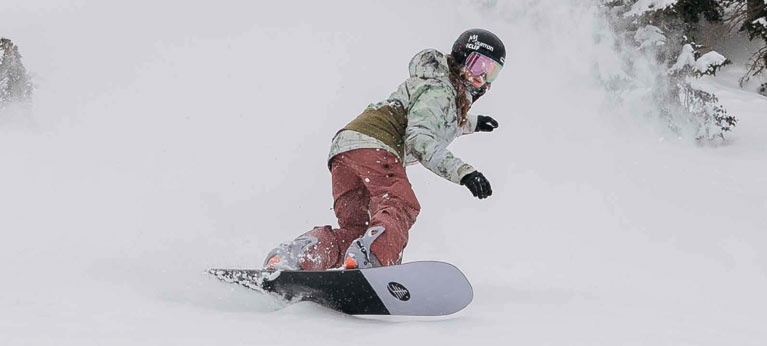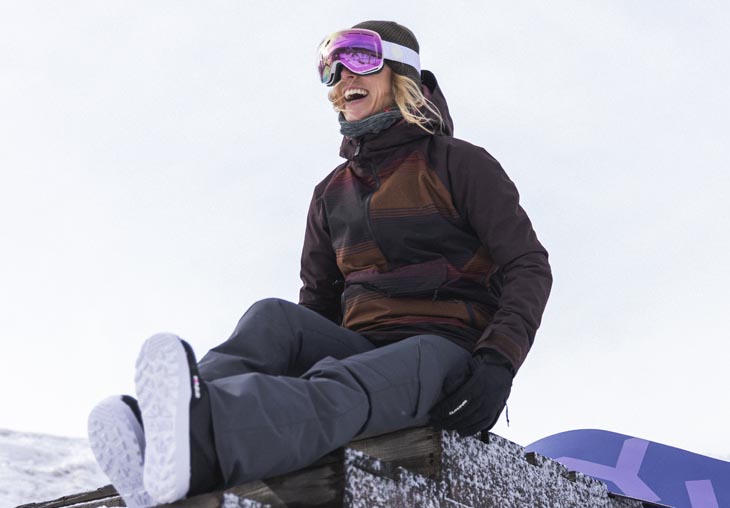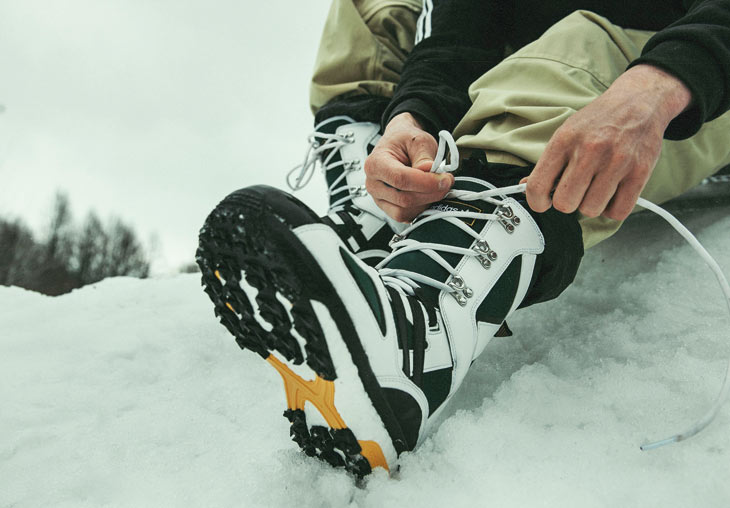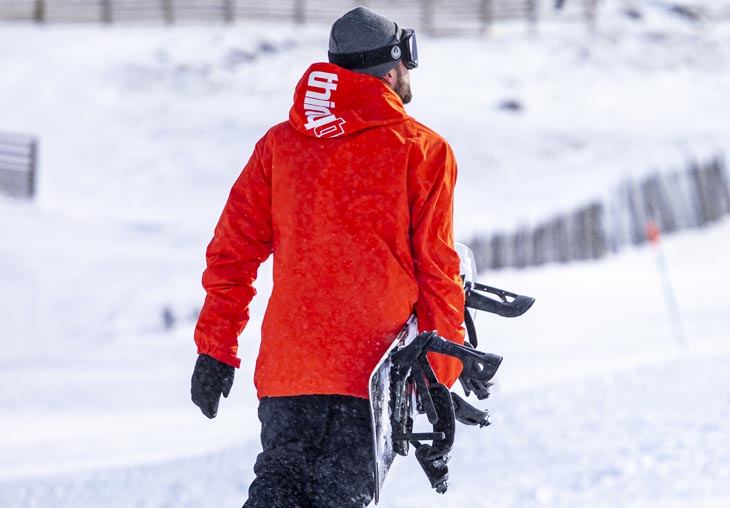Snowboard Helmets Buying Guide
The Snowboard Asylum carry an impressive selection of helmets, covering different styles, fits, prices and constructions. They are the very best models on the market, chosen only after much testing, investigating and experience. But choosing the best ski helmet for you isn't just about reaching for the cheapest one you find.
Just a few years ago helmets on the slopes wer rare,but now it’s the norm thanks to advances in materials meaning more comfortable and better fitting helmets. And the improvements haven’t stopped. MIPS (Multi-directional Impact Protection System) helmets add extra safety; different construction methods are fused to make stronger, lighter, more comfortable and safer options. Introducing new materials like carbon fibre and aramid make helmets tougher still without affecting weight.
If you weren’t sure before, now is the time to see what’s out there and make the decision to buy. Forget renting, who knows where those helmets have been and what damage they have seen. And if you’ve had your own helmet a while, suffering bangs, scrapes and knocks then maybe it should be retired.
Whether you choose to wear a helmet is a personal decision, we encourage their use and the range we offer should make that decision easier.
There are 2 main types of construction in snowsports helmets, in-mould and hard shell. Some variations do exist such as using a mixture of the two or a carbon fibre shell. The safety standards used for snow helmets are European Safety Standard EN1077 and American Safety Standard ASTM2040. Some helmets also meet EN1078 which is for Bicycle, Skateboard and Roller Skating, these are often referred to as being All/Multi-Season.
In-mould
In-mould construction uses a tough polycarbonate outer shell with the helmet’s impact-absorbing EPS foam liner, for good durability without excess weight. This combination of shell and liner results in a better ventilation system.
Hard Shell
Hard Shell helmets use a durable ABS shell and a lightweight EPS liner bonded together. This type of helmet tends to have less vents but they’re great value and hard-wearing.
Hybrid
Hybrid construction combines in-mould and hard shell builds, this gives a great balance of durability and weight.
MIPS (Multi-directional Impact Protection System)
MIPS (Multi-directional Impact Protection System) is not a construction as such but a safety feature integrated into the build. MIPS reduces rotational forces on the brain caused by angled impacts to the head. In a MIPS helmet the shell and the liner are separated by a low friction layer. When the helmet is subjected to an angled impact, the low friction layer allows the helmet to slide relative to the head, absorbing much of the energy.
Venting
Venting will allow cool air to get to your head as it warms up from a day’s skiing. More vents generally means an increased airflow. There are two types of venting systems, passive and active. Passive vents are not adjustable while active vents can be adjusted allowing for airflow regulation throughout the day, depending on conditions.
How should a ski helmet fit?
When you try a helmet on, it should fit firmly and snugly on your head. Align the front of the helmet above your eyebrows and tighten the chinstrap, make sure there are no unwanted gaps between the helmet lining and your head. In addition, check that the back of the helmet does not press the back of your neck. It may be worth trying the helmet with your goggles to be certain they fit well together.
Ski Helmet Sizing
When considering what size to buy, it’s best to use the measurements guide for reference. It is worth trying different makes and models to see which suits your head best.
Some manufacturers add levels of customisation and adjustability to particular models for better comfort and fit. Helmets listed as Standard do not have size adjusters built-in or may use a simple ‘auto-adjust’ system.
Snowboard Helmets

